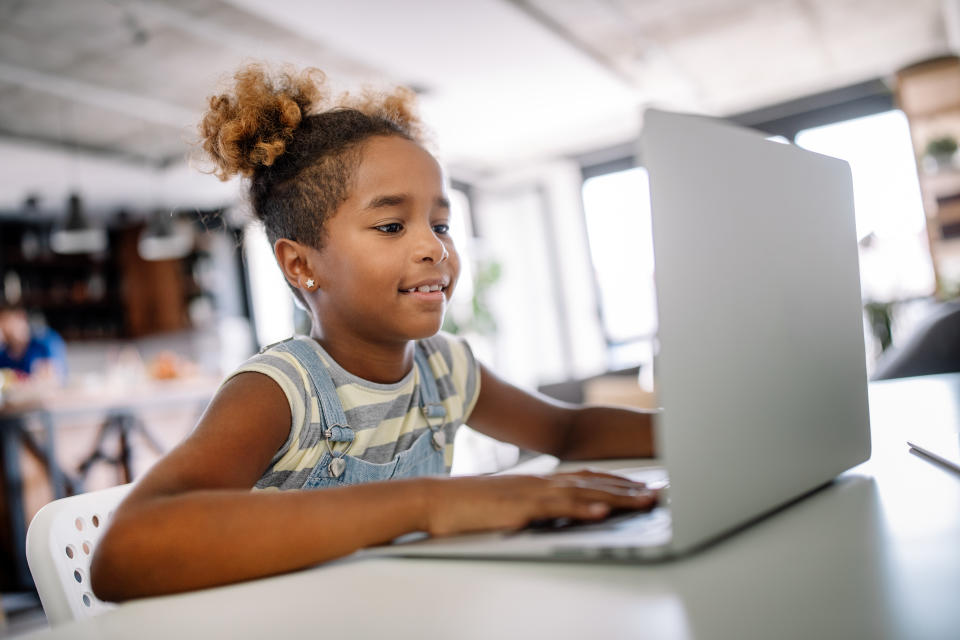Here's how parents can cut back-to-school costs for remote learning
True to form, the pandemic has infiltrated another time-honored tradition: back-to-school season.
With millions of Americans already struggling financially, sending children back to school got more expensive with spending up nearly $100 from the previous year to an average of $789.49 per family, according to the National Retail Federation (NRF).
“By any measure, this is an unprecedented year with great uncertainty, including how students will get their education this fall, whether they are in kindergarten or college,” NRF President and CEO Matthew Shay said.

Parents of school-aged children are now spending more money on supplies, so their young scholars are poised to learn online, in person, or a hybrid of the two — with the understanding that their current arrangement might change at a moment’s notice.
As a result of the uncertainty, pandemic-era back to school spending is forecasted to reach $101.6 billion – exceeding last year’s $80.7 billion and topping the $100 billion mark for the first time, the NRF determined.
With costlier supplies required for online learning and the absence of free or reduced breakfast and lunch for eligible children, a third of parents don’t feel financially prepared to spend on school-related necessities and a faction are taking on costly debt to fund their children’s’ education, according to new survey data from Credit Karma. The majority of parents are taking on between $100 and $500 in debt, while 25% have gone more than $1,000 in debt.
But there are ways to mitigate these costs, experts told Cashay. Here are some ideas.
What can parents do to cut costs?
Prioritize spending on the must-haves, Colleen McCreary, Credit Karma’s chief people officer, told Cashay.
Evaluate your child’s school shopping list through a pandemic lens. If your child is exclusively attending class online, then you can skip on buying staples like new sneakers, lunch boxes, and backpacks that won’t get utilized this school year. Await confirmation from your child’s school district on what supplies it will provide students who are learning remotely.
Traditions like a new first-day outfit can still be accomplished. But maybe pair last season’s bottoms with a brand new shirt, since that’s what your child’s classmates and teacher will see onscreen.

Swapping new sneakers for a new laptop isn’t an apples-to-apples transactional trade-off, but it’s a good place to start. Eliminate non-essentials to free up room in your budget for necessary virtual learning supplies like laptops, tablets, and web cameras. Extend the bandwidth with your internet service provider to ensure everyone who is working and learning from home can have a reliable connection. Ask if there are any discounts.
Shop for lower-priced yet reliable devices like Chromebooks or tablets that support the interactive platform your child will be learning through like Zoom, Google Meet, or Microsoft Teams.
For deals, McCreary recommended buying refurbished gadgets or exploring secondhand marketplaces like Craigslist, Facebook Marketplace, Nextdoor, and LetGo for tech devices and decorative items to make your child’s learning space inviting and conducive to learning.
If parents are working, tap into employee assistance programs to borrow or receive older tech equipment that the company is no longer using or check if you're eligible for discounts.
“You want to make sure that your children still feel good if they're going back to school virtually,” McCreary said.
Stephanie is a reporter for Yahoo Money and Cashay, a new personal finance website. She can be reached at stephanie.asymkos@yahoofinance.com. Follow her on Twitter @SJAsymkos.
Read more information and tips in our Family section







